Budapest Guide
Often described as the “Little Paris of Middle Europe”, Budapest is famous not only for the monuments reflecting its own 1,000-year-old culture, but also for the relics of others who settled here before that. The capital has two sides, Buda and Pest, stretching along the banks of the Danube, representing two different characters of the city.

Buda and its historic castle district offer medieval streets, houses, thermal baths, museums, even caves and Roman ruins. The dynamic Pest side boasts the largest parliament building in Europe, riverside promenades, flea markets, bookstores, café houses and the ruin-pubs. Budapest was recently listed within the top 6 cities in Europe, best suited for startups.
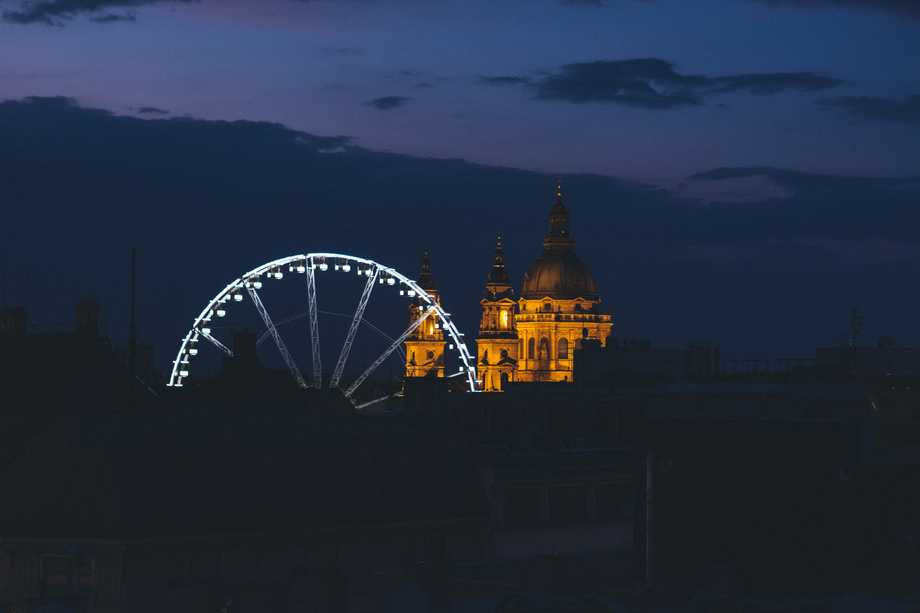
Opera—Heroes Square—Széchényi Bath
Andrássy Avenue is the new shopping street where you can find the Opera house, the old Balett Institute and many theaters. Have a coffee or breakfast at Book Cafe (Lotz Hall), at one of Budapest most beautiful cafe house. Take the first underground line in Mainland Europe (line 1 or “yellow” line) and go to Hősök tere (Heroes’ Square). Here you can visit museums like Kunsthalle Budapest or Museum of Fine Arts, and the Vajdahunyad Castle. Put your skates on and head to the City Park Ice Rink which is Europe’s largest ice ring. Finish your trip at Széchenyi thermal bath taking a hot tub and sauna.
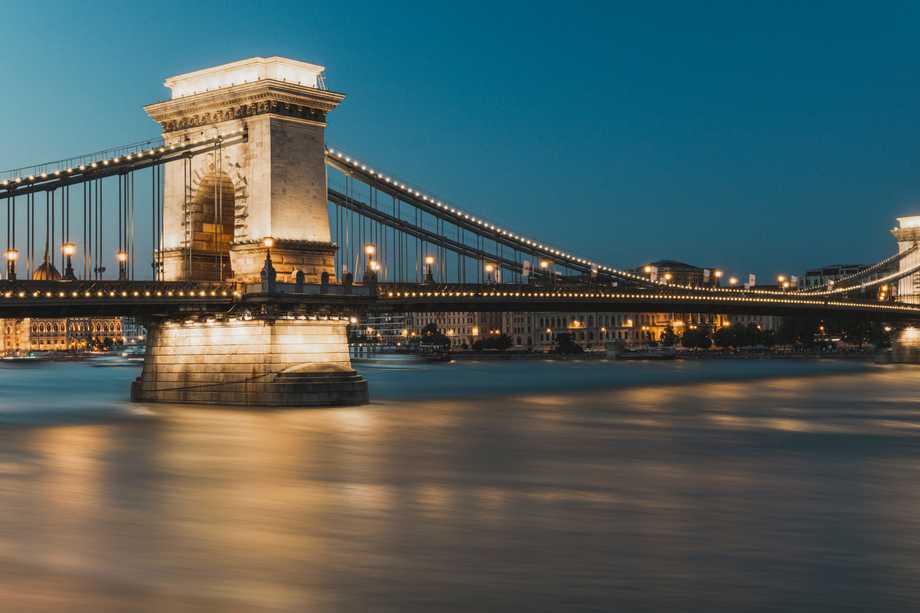
Basilica—Chain Bridge—Buda Castle—Buda Old Town
Walk down to Basilica. Right next to it you can try some nice Hungarian wines at Divino. By crossing the Chain Bridge you may explore the Castle Hill on the Buda side (use one of the first funiculars in Europe to go up or to get down), then get back to Pest and see the Vörösmarty Square. Here you will also find Váci street, the old shopping street of Budapest.
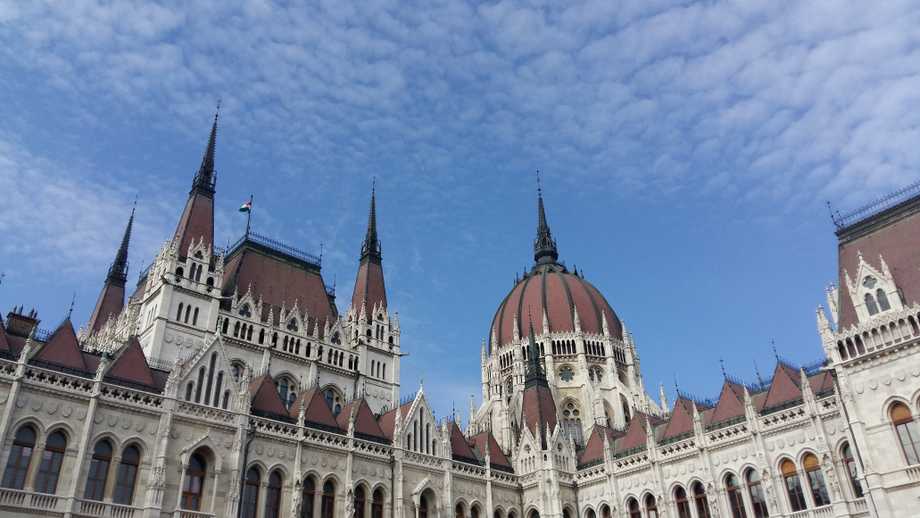
Parlament—Great Market Hall—Gellért
Walk to the Parlament. (Can be hard to get in, you need to register in advance.) Take tram number 2 and get to the Great Market Hall. You will find lots of local food products there. Cross the Liberty Bridge and finish your day at Gellért thermal bath or Rudas.
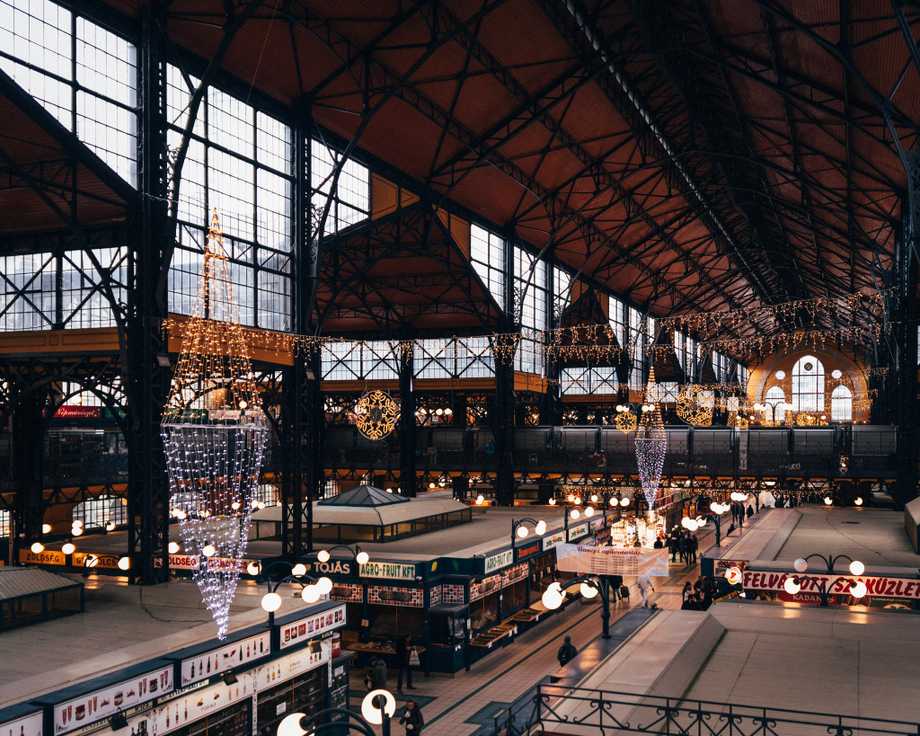
Accomodation around the venue
Our venue is in the heart of the city, near Astoria, the Great Synagogue at Dohány street, and the party quarters in Budapest. The following districts around are a relatively short distance away:
- Erzsébetváros
- Palotanegyed
- Lipótváros
Airport Shuttle
The Liszt Ferenc International Airport is at the outskirts of Budapest. There is a public transport line 100E to connect the Liszt Ferenc Airport with the Deak Square in the center of the city, from where you can reach any part of the city by public transport.
The “Airport shuttle bus single ticket” costs 900 HUF (around 2.9 EUR), and is accepted only on this bus.
Other buses and public transport to get to and from the airport
Or you can take a taxi, at the dedicated taxi stations at 2A and 2B terminals, operated by FoTaxi. You have to tell the operators your destination, they will call you a car, and give a good estimate on the fare, which is usually around 19 EUR to the city center.
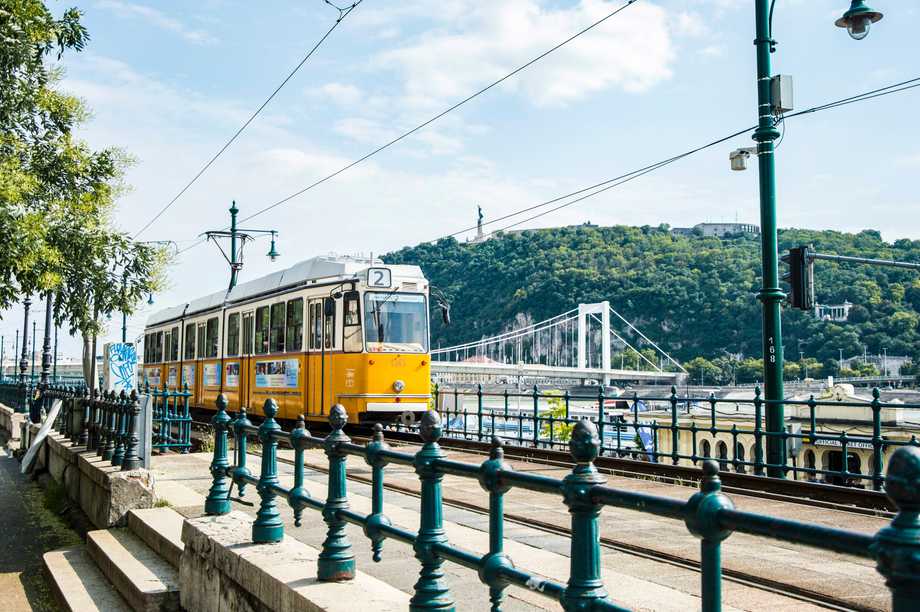
Transportation
The Budapest public transportation company (BKK) has several options to visitors who stay for a few days. You can buy a regular 7 day travel card which costs around 16 EUR, or there is the Budapest Card for 72 hours, which is 31 EUR, but gives several discounts on entry fees to baths, museums, and can be bought online.
We recommend to use the BudapestGO mobile app to use the public transportation at Budapest as a visitor. You can purchase tickets and use the map to plan your travel around the city. Get the app from the App Store or Google Play
Uber was banned from the city, there are alternatives by taxi companies, like FoTaxi and Bolt (formerly Taxify).

Mobile Data Plan
In Hungary there is three main mobile network operators, T-Mobile, (member of the Deutsche Telekom group), Telenor hungary, (member of the Norwegian Telenor group) and Vodafone.
T-Mobile has a prepaid option for mobile internet Yettel (formerly Telenor) also has a prepaid mobile internet plan
Useful Places around the venue
We’ve created a map, with useful places like shops, ATMs, pharmacies and places for lunch/breakfast and pubs. This map will be constantly updated to be used for further events in Budapest.
Is Budapest an LGBTQ+ welcoming city?
You probably saw our message in the footer of this very website that JSConf Budapest welcomes everybody, and you’ve probably already read our Code of Conduct. Yet, you might still be hesitant. You might not know how safe you’ll be in our city, or what options you’ll have as a member of the LGBTQ+ community for activities outside the conference. How accepting is Budapest? What are the best, most inclusive bars out there? We hope we can help you out a little bit. We got in touch with Hungary’s largest and oldest LGBTQI organization, Háttér Society, to compile the following list of information and tips for getting around in Budapest for members of the LGBTQ+ community.
First of all, we do take our Code of Conduct very seriously. We’ll do our best to make sure you’ll have the grandest old time during our conference. Outside of the conference, we can only give you some general advice, and, given our already challenging responsibilities during the event, we’re afraid we cannot provide any further assistance to ensure your safety and well-being in our city. With that out of the way, let’s see what Budapest has to offer.
The good news is, Budapest is one of the 50 places in the world listed by TripAdvisor as an LGBTQ+ welcoming city. Homophobic and transphobic hate crime is punishable by Hungarian law, as is every kind of crime committed against a member of a community. Discrimination based on sexual orientation or gender identity is also strictly forbidden. If you ever encounter a rare case of discriminatory attitude or anything like this - for example, someone refuses to serve you at a bar or a restaurant - you are encouraged to get legal help. Feel free to contact Háttér Society at legalaid@hatter.hu.
The reality is, depending on the situation, you might get some looks or, worst-case scenario, get yelled at by someone. Our friends at Háttér Society told us that based on some real-world experience, depending on how visibly you present as a member of the LGBTQ+ community, these things can happen on some occasions. But it’s rare to have things escalate to the point of physical harm. We know that most of you will not speak or understand Hungarian, and not being able to defend yourselves is disheartening. But, in any case, however sad it makes us to write this, it’s easier to get out of the situation as fast as you can and not let things spoil your otherwise memorable time in Budapest.
What are my options for LGBTQ+ friendly activities in Budapest?
The LGBTQ website Pink Budapest has a great list summing up the nightlife in Budapest, claiming that this city has the best gay scene in Central Europe. There are regular events taking place around downtown that are moving from venue to venue, so be sure to check out QCalendar.
Need Anything?
Contact us, if you have any questions, or you feel we’ve missed something from this quick guide.